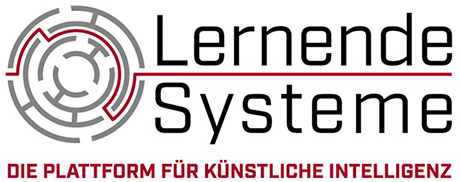
What are the fundamental strengths of Artificial Intelligence in the fight against the Corona pandemic?
Frank Kirchner: AI offers various options for use against pandemics. The use of model calculations on the spread and development of the infection situation is obvious. Learning systems could be used here, particularly in predicting the usefulness of certain countermeasures such as contact restrictions, and could uncover correlations that classical modelling methods cannot detect. A prerequisite for this, however, would be the availability of comprehensive information on the movement and contact behaviour of citizens and on the population structure in certain areas of a country or city. This data is not currently available in this form - and will probably not be available in this massive form in the future for reasons of data protection.
This reveals a dilemma that is particularly acute in the case of pandemics: on the one hand, a dense and high-quality information situation is a decisive factor for containment, and on the other hand this requirement can only be met by restrictions or limitations on individual privacy. From a scientific point of view, it is clear that AI methods could be useful. However, their use or the creation of the necessary conditions are political decisions that scientists do not have to make.
In which areas can intelligent robotics already provide support?
Frank Kirchner: From a technical point of view, intelligent robotics could already achieve a much greater degree of automation than is the case - and in the pandemic, it could lead to a great relief for urgently needed personnel. One example is hospitals and care facilities, where intelligent robots could relieve skilled workers in cleaning, distributing food, disinfecting or moving beds back and forth. In agriculture, intelligent field robots could perform tasks that harvest workers from other countries do - be it harvesting or distributing seeds for individual plants such as strawberries or asparagus. Now that harvest workers can no longer enter the field without any problems, the great potential for relief offered by AI-based robots can be clearly seen. Another area is energy supply. Here, by using intelligent inspection robots, important infrastructures could be operated and monitored without human personnel. This applies, for example, to oil production facilities, which may have to be cleared if an infection occurs on site. But also in the field of renewable energies - for example offshore wind farms - permanent monitoring is necessary, which currently has to be performed by specialists. Intelligent automation could provide relief here - for example, through (partially) autonomous underwater robots, with which communication in an emergency is even possible from the home office.
What developments in AI are needed to help with future pandemics?
Frank Kirchner: Especially in the area of machine learning, I see the need for more research into how learning is possible with little data. The Machine Learning methods that are being intensively discussed today draw their strength from massive amounts of data. This is a dependency and on the one hand leads to great success, but on the other hand also involves considerable risks. The handling of this data and its use in Machine Learning methods is critical - also because our Machine Learning experts are trained in algorithms, but are typically not specialists in the collection and selection of data themselves. The natural sciences show us very well here how important the methods for data collection are. In scientific publications, typically 50 percent of a study is devoted to explaining the methods of data collection (experiment design and execution). Only if this is accepted by the scientific community will the results be accepted. Unfortunately, we do not have this scientific approach in IT technology.
On the other hand, there are also local dependencies in the application of Machine Learning, as certain data cannot be collected for social or legal reasons. This becomes visible, for example, through the advantages of many Chinese AI companies, which can access very large amounts of data that are not available to us in Europe. Here, the data-driven nature of current Machine Learning applications is also structurally difficult. As researchers, we must therefore focus our attention on developing systems that deliver similarly good results even with little data. The solution lies in research on so-called hybrid and long-term autonomous AI systems and robots.
